ALIENATING LAKEWOOD EVEN MORE
This past Thursday the Lakewood Township Committee approved ten digital signs to be placed on main roads in our town. We will discuss at length the Backdoor dealings, exclusion of competition, and other serious matters in upcoming articles. For now I would like to focus on the intrinsic issue of the impropriety of the signs themselves.
Throughout our part of the state sign approvals are generally rationed. Everybody agrees that there should be a limit to how many billboards should be in a town.
Too many signs can make a nice tranquil town look like a circus of information, each sign begging for your attention, distracting, unnerving, and desperate. Digital signs are especially frowned upon since they bring the distraction to a whole new level, a constant changing stream of information blaring at a captive audience of drivers.
Which brings us to Lakewood. We are a town that always has dinners, campaigns for charities, events, carnivals, and sales that need to be promoted. Most of these events are foreign in nature to people outside of the Jewish Community. We have sufficient publications and mailings to inform most people in our town about any event. For goodness sake who doesn't know where Fiveish is? Who misses the BMG tent event because they didn't know about it?
Now imagine you are not from Lakewood, and you are not familiar with our community. Whenever you pass through Lakewood you will now see a 40 foot high bright sign that announces something about a Biker tcholim dinner. Or a once a year shaitel sale or kaporos, sukkah event, etc. etc. Will you ever consider stopping to shop at one of the many excellent stores we have in Lakewood? Or will you just go on thinking that Lakewood is a town that you should pass through as fast as possible?
We need to help businesses thrive in our town in order to survive. We need to attract businesses that will attract money from outside our community. We need to promote Lakewood as a town that is dignified and welcoming.
These ten signs will do the exact opposite. With their garish look that is not permitted anywhere else in the area, and the inevitable foreign announcements, it will be one more nail in the coffin to assure that Lakewood will never become a city we can be proud of.
Coming up Part 2 the dangers of driver distraction.
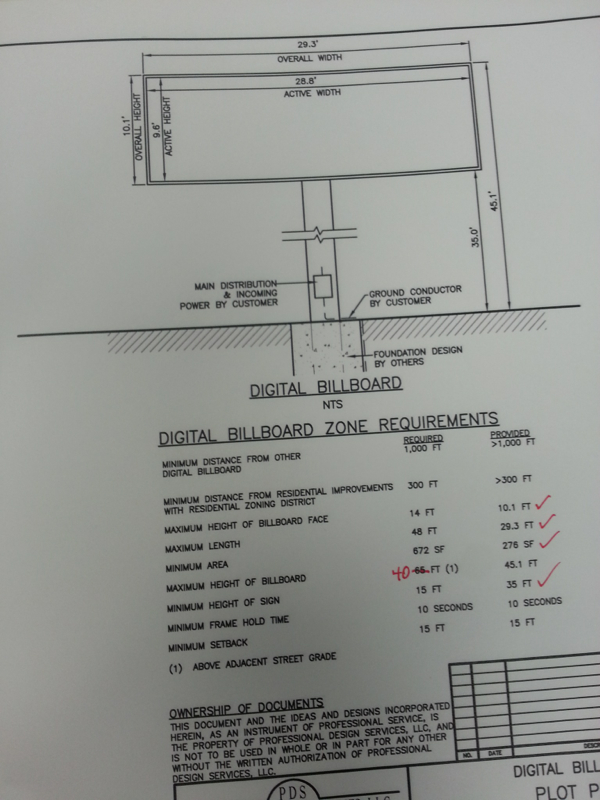


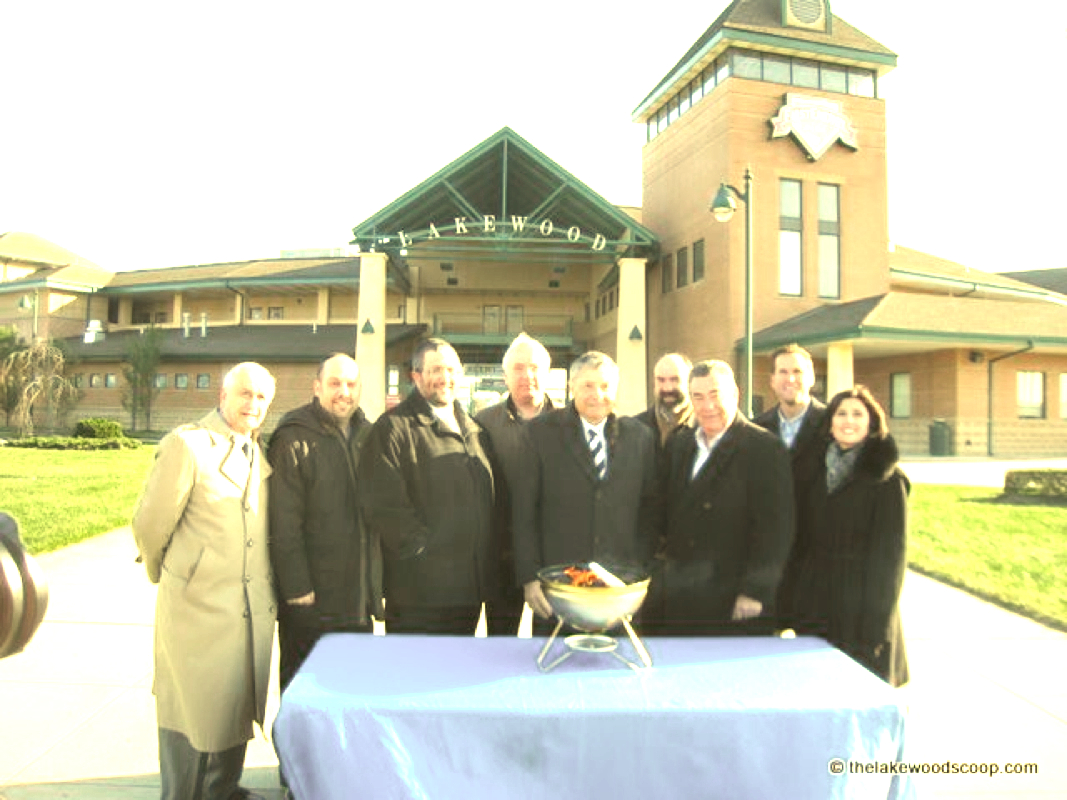
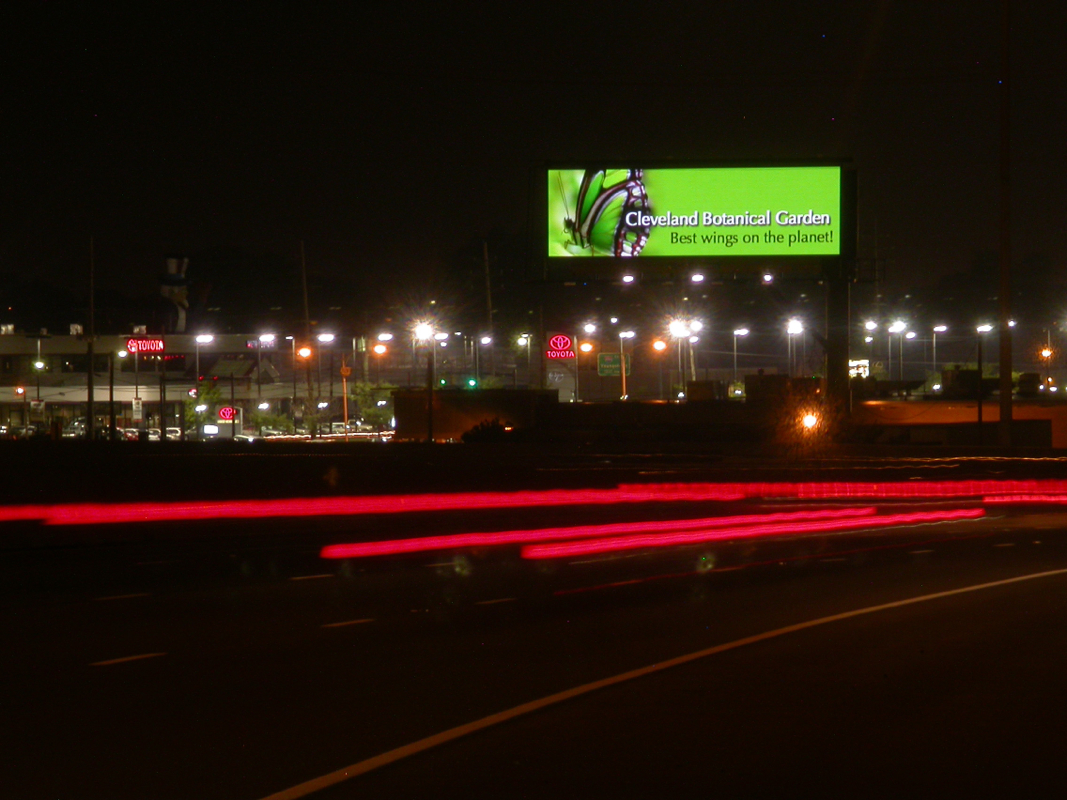
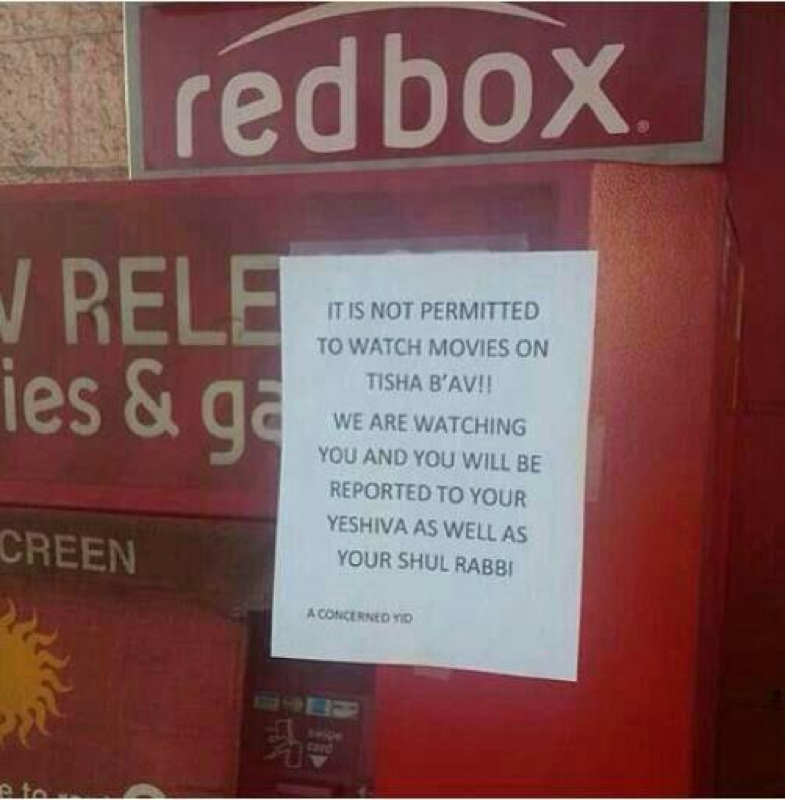
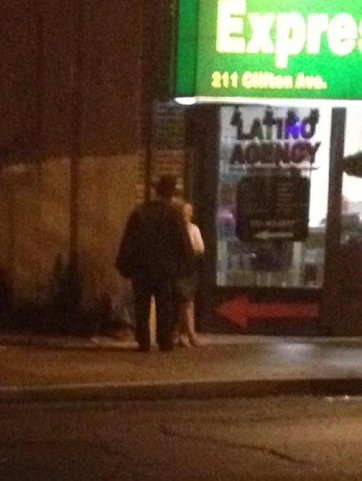
 RSS Feed
RSS Feed